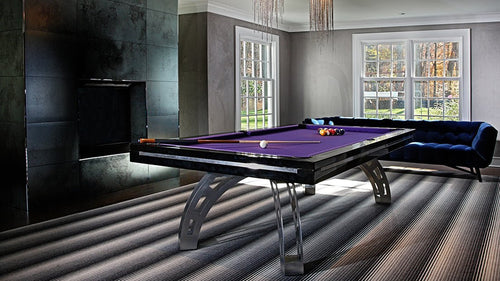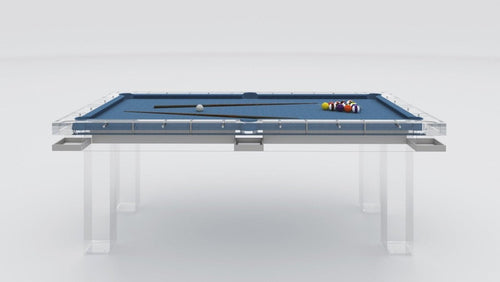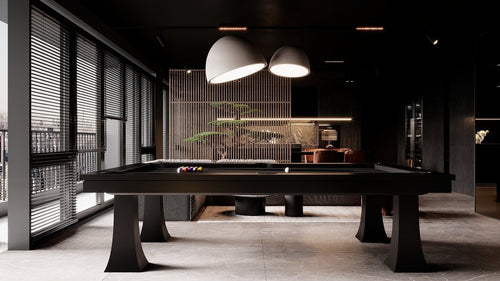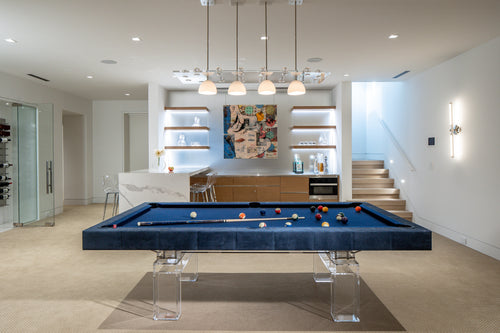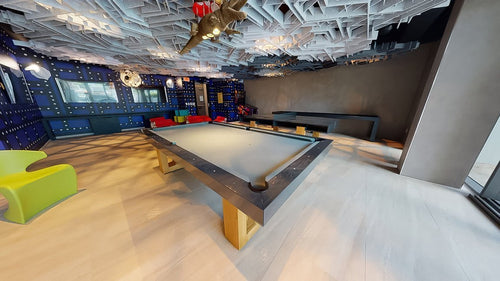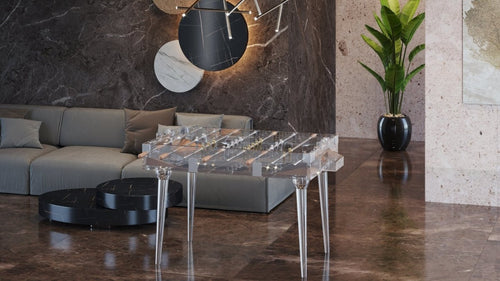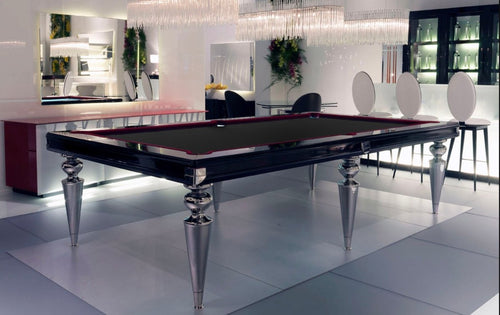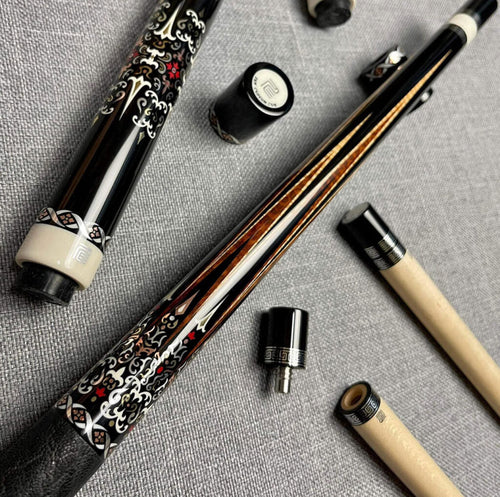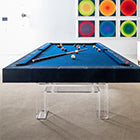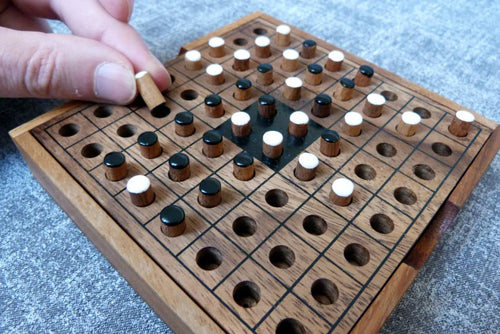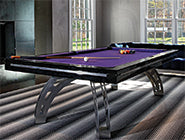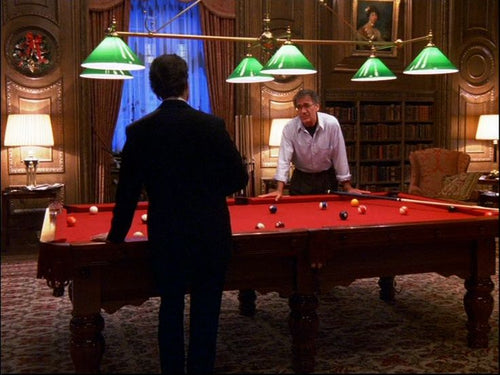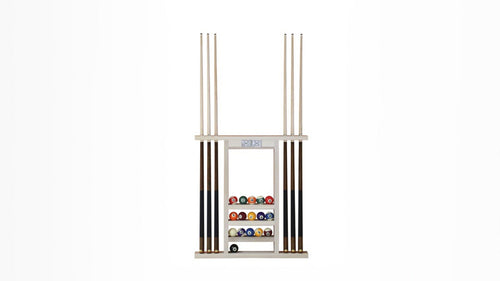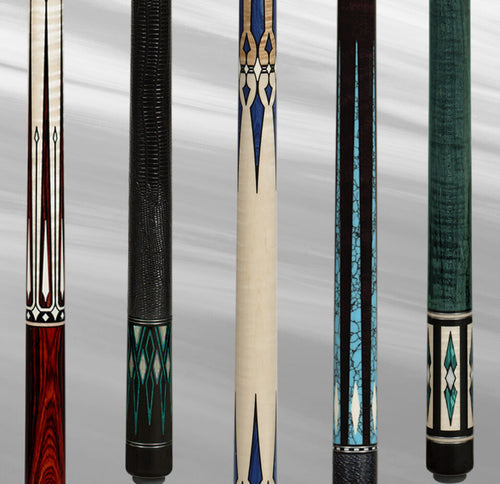Enjoy our modern designs
Estimated Read Time: 6 mins |
Belgium played a pivotal role in the birth of Art Nouveau. With figures like Henry van de Velde and Victor Horta, the country led a radical departure from historicism, embracing organic forms and unified design that reshaped the modern world.
Belgium: Cradle of Art Nouveau
Belgium’s influence on Art Nouveau cannot be overstated. It produced some of the earliest and most iconic works of the style. Victor Horta (1861–1947), often considered the pioneer of Belgian Art Nouveau architecture, designed buildings that embodied the movement’s ethos—curvilinear forms, botanical motifs, and a seamless integration of iron and glass. His masterpieces—the Tassel House, Hôtel Solvay, and van Eetvelde House—are landmarks of early modern architecture in Brussels.
Henry van de Velde: Visionary Designer
Following in Horta’s footsteps, Henry van de Velde emerged as the second major Belgian practitioner of Art Nouveau. His impact extended beyond architecture to encompass interior design, furniture, applied arts, and design education.
Total Design Philosophy
In the spirit of the Art Nouveau ideal of Gesamtkunstwerk ("total work of art"), Van de Velde designed entire environments. His own house in Brussels (1894) is a showcase: he crafted everything from the building itself down to furniture, silverware, and kitchen tools, achieving a unified, harmonious design vision.
International Influence
Van de Velde’s influence quickly extended abroad. In Paris, he designed the interior of L’Art Nouveau, Samuel Bing’s gallery, helping to popularize the movement’s name and style. Later, in Berlin, he developed Art Nouveau furniture defined by fluid, organic lines and a rejection of historicism—a clear break from revivalist traditions.
Drawing from the British Arts and Crafts movement, Van de Velde acted as a bridge between British ideals and continental innovation, fueling the evolution of modern design across Europe.
Weimar and the Seeds of Modernism
Van de Velde’s later work in Weimar, Germany—notably the Art School Building (1904–11)—laid the groundwork for the Bauhaus. While the exuberant curves of Art Nouveau later fell out of fashion, Van de Velde’s commitment to rational, forward-looking design principles lived on in the Bauhaus and shaped the direction of 20th-century modernism.
Conclusion
Henry van de Velde was a key innovator in Belgian Art Nouveau, blending spiritual elegance with disciplined, unified design. From Brussels to Berlin to Weimar, his work helped define a new visual identity for the modern age—one free from historic imitation and alive with expressive possibility. Alongside Horta, Van de Velde secured Belgium’s place at the forefront of design innovation.


